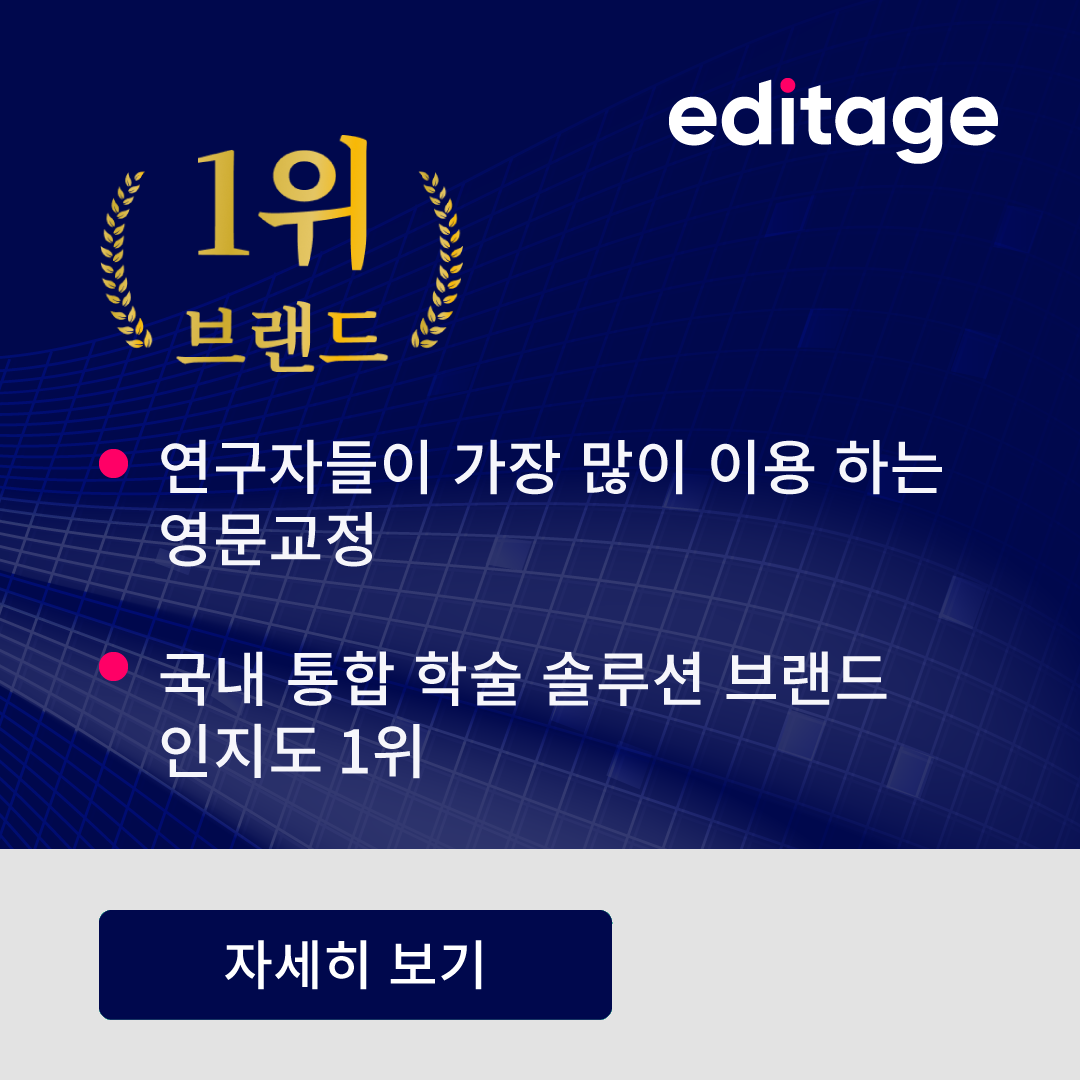Studying English grammar will probably help you eliminate many common errors of grammar from your writing—but it is unlikely that, as a researcher, you will actually pick up a book on grammar. However, English for Research: usage, style and grammar, despite its title, is not a book about grammar but about common grammatical errors in research writing – about 2000 of them – and how to avoid them1.
Wallwork’s book is one of those books that are particularly suitable for readers of this blog: it is ‘aimed at anyone who writes research papers, whose first language is not English, and who needs guidance regarding the grammar, usage, and style of academic English. It is suitable for those whose level of English is mid intermediate or higher.’ The book’s contents are shaped by the author’s experience of correcting research papers for language and of reading hundreds of referees’ reports, so that he knows exactly what the referees or reviewers consider as errors of English in a manuscript.
Here is one example to show how practical the book is. In discussing ways to check whether you have used a word or a phrase correctly or whether a particular construction is acceptable, the author recommends using Google Scholar and offers this handy tip: ‘limit your search to those articles written by native speakers of English. To do this, type in ‘Smith’ in the ‘author’ field. Smith is the most common English surname and there are thousands of researchers with this surname.’
The book makes easy reading and its organization is particularly reader-friendly. Clear and concise discussions of each topic (use of articles, use of tenses, and so on) are followed by numbered guidelines, which, in turn, are followed by short, 2-column tables that offer examples: the left-hand column shows correct usage and the right-hand column shows common errors or less acceptable expressions. The exact headings of the columns vary with their contents: Yes and No; Yes (nearly always correct) and Yes (but only in some cases); A/An and The; Normal accepted usage and Also possible in science; and so on. Finally, there is a comprehensive index to help readers quickly locate a specific issue of usage or style.
All in all, a book to keep by your side while writing and revising. And if the book sparks your interest, there is a companion volume that offers practice exercises2.
[1] Wallwork A. 2013. English for Research: usage, style and grammar. New York: Springer. 252 pp.
[2] Wallwork A. 2013. English for Academic Research: grammar exercises. New York: Springer. 172 pp.
The following posts provide examples of English word that are commonly confused by non-Enative speakers of English:
1. A vocabulary lesson for clear writing
2. A vocabulary lesson for clear writing: commonly confused words











